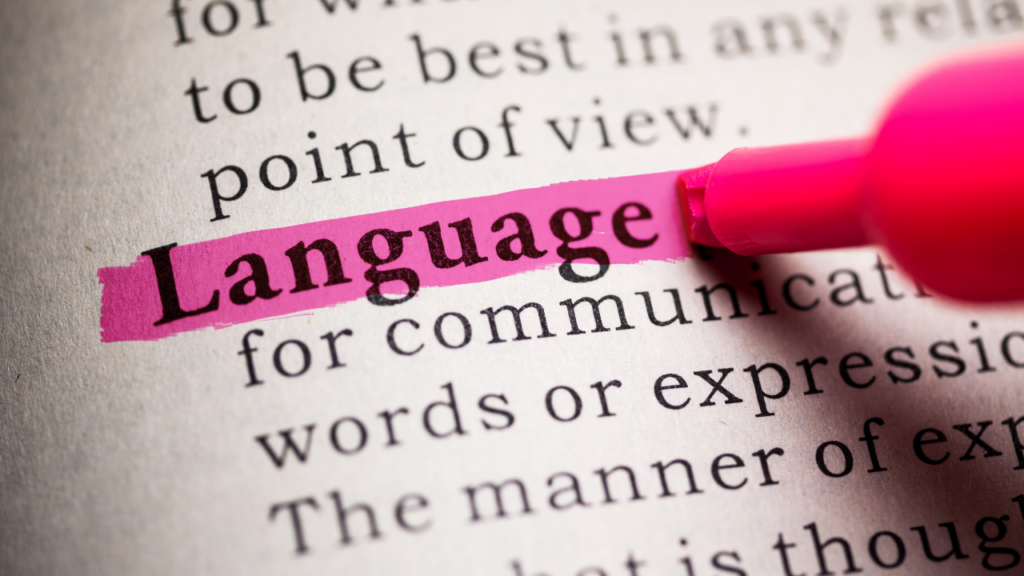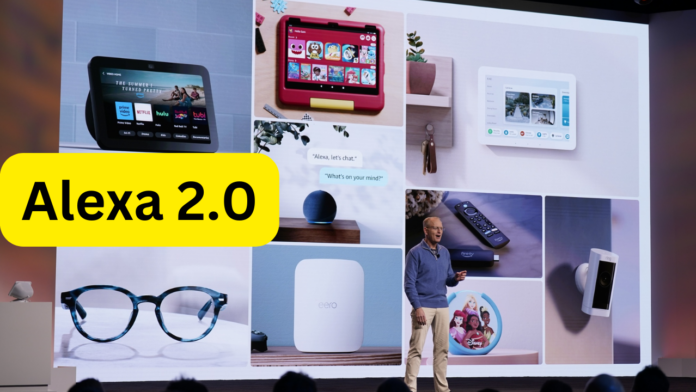Amazon has introduced an upgraded version of its voice assistant, Alexa, fueled by generative AI. This marks a substantial transformation in the realm of voice assistants. Ot can be called as Alexa 2.0.
Amazon’s announcement involves integrating a specialized large language model (LLM) into Alexa to enhance its real-time information capabilities, smart home management, and entertainment offerings.
Demystifying the Basics: Generative AI and LLMs

Generative AI is a facet of artificial intelligence dedicated to creating new and original content, spanning text, images, audio, and more. This contrasts with traditional AI, which typically handles tasks like categorization and prediction. Prominent examples in generative AI include OpenAI’s GPT.

A Large Language Model (LLM) is an AI model tailored for understanding and generating human language. LLMs can write text, translate languages, answer questions, and more. They are extensively trained on a vast corpus of text data from sources like the internet, books, and articles.
However, LLMs have raised concerns, particularly regarding bias inherited from their training data and their potential misuse to generate misleading information or deepfakes.
Bridging Voice and Generative AI

Voice interfaces and LLMs converge through a process involving speech recognition, which converts spoken words into text, and speech synthesis, which transforms text responses into spoken language. This synergy enables users to interact with AI systems, such as voice assistants, via natural language.
Here’s a simplified step-by-step process of how voice is used with LLMs:
- User speaks a voice command or query.
- Speech recognition converts the spoken words into text.
- LLM processes the transcribed text to understand user intent.
- LLM generates a text response based on user input.
- Speech synthesis converts the text response into spoken language.
- The synthesized voice response is played back to the user.
What’s in Store with the New Alexa?
Amazon’s announcement highlights several enhancements in the upgraded Alexa, including reduced response times, incorporating Sensors in Amazon Echo devices to interpret non-verbal cues, and third-party API integration, including the Character.AI app. Notably, the new Alexa will exhibit improved context understanding, memory of past interactions, and personalization based on user usage patterns.

Looking Ahead
While Amazon hasn’t shared a specific release timeline, they’ve indicated plans for a free preview of the new Alexa for U.S. customers. This unveiling signifies a significant stride in voice assistant technology. Amazon’s adoption of generative AI promises a more adaptive and personalized AI companion. The fusion of LLMs into voice assistants marks a significant development in the evolution of AI, with eagerly anticipated implications for smart device interactions.


